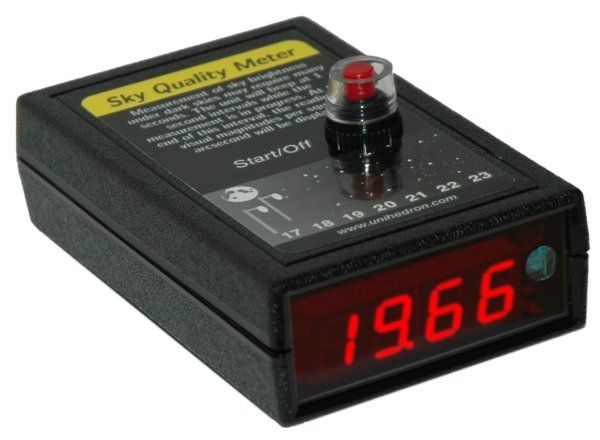Contact a local astronomy club
The best way to find observing sites that are reasonably dark, have little or no glare from local lights, are safe, and have decent horizons is to locate and contact your local astronomy club. Chances are that someone has already done the hard work of finding suitable locations and negotiating with the powers that be for the use of that land at night for observing. I am lucky to belong to the Northern Virginia Astronomy Club, one of the largest amateur astronomy clubs in the United States. We have numerous sites from suburban to dark sky, depending on how far you are willing to drive.
Being a member of a club usually gets you access to sites that the general public may not be allowed in at night. It will also give you information about members' favorite sites that may not be official club sites, but are still viable places to observe.
Do your own research
If you don't have a nearby club, you can do your own research, or ask on the various fora such as Cloudy Nights, Stargazer's Lounge (for the U.K.), The Sky Searchers, or various Discord servers what others might recommend. This also works if you are traveling and want to know where a good place to observe might be. For your own safety, never tell anyone except relatives and trusted friends where you are going to observe, but make sure someone knows where you are.
The most accurate light pollution map is the one developed and maintained by David Lorenz, called Light Pollution Atlas. The most recent data is from 2023 and the satellite data and methods he uses to determine sky brightness seem to be more accurate than other light pollution maps. If you click on a point, it will tell you the year of the data, the latitude and longitude, and the sky brightness measured in magnitudes per square arcsecond, close to what you would get if you used a sky quality meter (SQM) to measure the sky (shown above), as well as a ratio of artificial/natural brightness. These are all approximations in the map, and tend to still be overly optimistic especially while we are near solar maximum, but give you plenty of information to see how skies compare relative to each other.You may hear people say that they live in an orange zone, or in Bortle 5, for example. The color refers to the color scale of more basic maps, which ranges from white (brightest) to black (darkest). The Bortle Scale was invented by amateur astronomer, comet observer, and contributor to Sky & Telescope magazine John Bortle, and is a scale to measure the brightness of the sky in a particular place and time based on what can be seen in the sky. More people will refer to their site using the Bortle Scale than with an SQM reading, so it's good to know what both mean. Scroll to the bottom of this page to see a rough comparison chart. (Your browser may warn you the site is not secure. Proceed only if you trust those nefarious amateur astronomers!)
Other considerations
A dark sky is not the only criterion. There is the weather, dust, and wildfire smoke. Also avoid hours where the Moon is up. You need a good horizon. As noted, the Adirondack Mountains in upstate New York get as dark as 21.91 (see above), if you believe the map readings, but good luck finding some open sky.
You want to avoid parks that close at dusk (almost all local and state ones) unless you like talking to the police, stay off private property without the owner's permission, and avoid dangerous places. An airport runway might seem like a great place until a Cessna flies out of the darkness and tries to land on your head. (Cessna 152 by Ramon FVelasquez, CC BY-SA 3.0, via Wikimedia Commons, with edits)You also need to be away from nearby lights, which is a much more difficult endeavor than it might seem at first, as many people absolutely LOVE all-night "security" lights. I've always thought this was odd, because no one is out there in the middle of the night to see prowlers moving around. Well, except for astronomers, who unfortunately won't be there to scare off the prowlers because YOUR LIGHTS ARE TOO ANNOYING! I will leave you with one of my "poems" from the Redneck Patio (see link at right):
Criminal
Porch lightsGarage lightsWhitewash the suburban wastelandAnd kill the night skyAs I draw chalk emojisOn the driveways,Unseen.
🙉🙈🙊











_(45192016582).jpg)